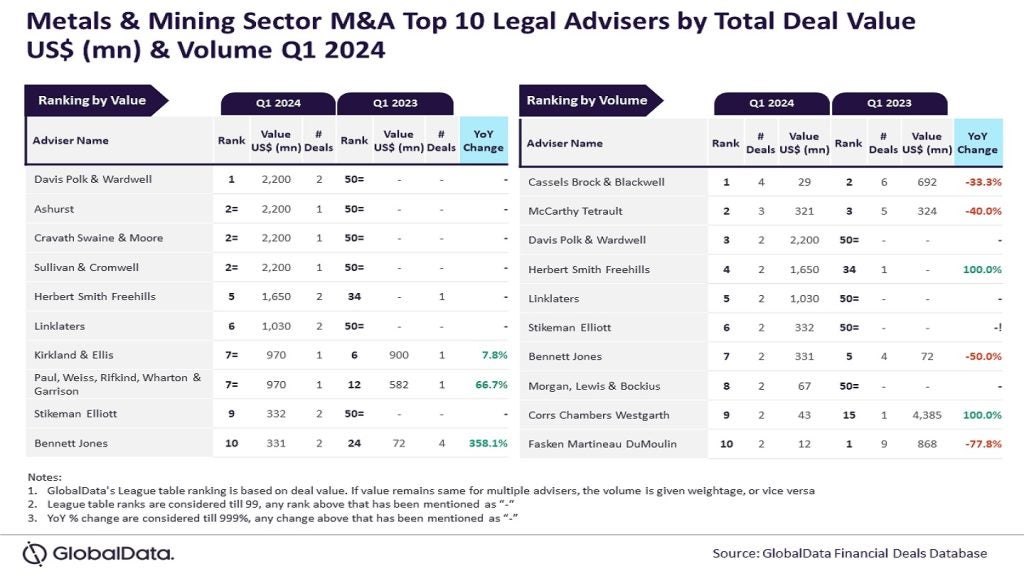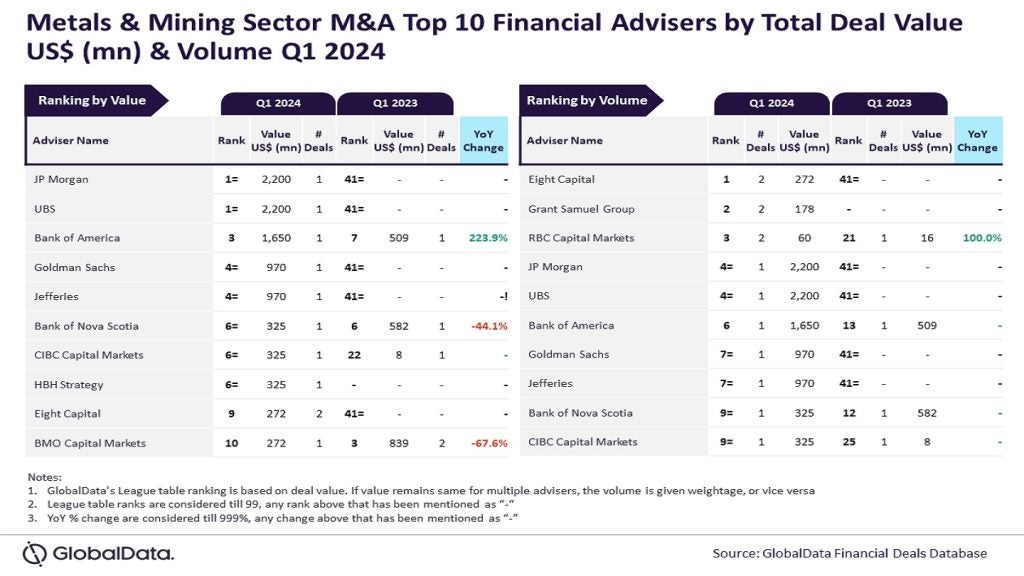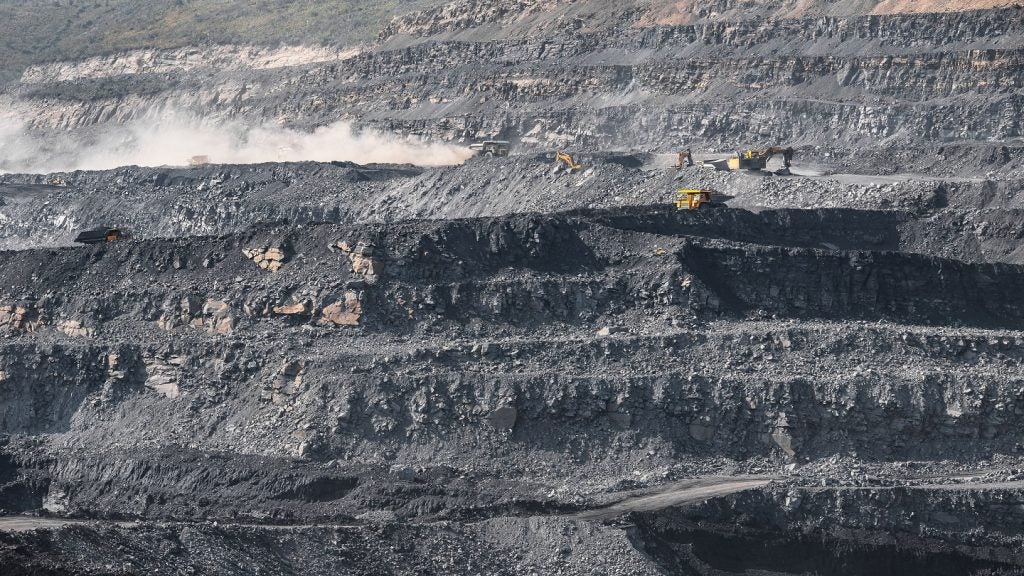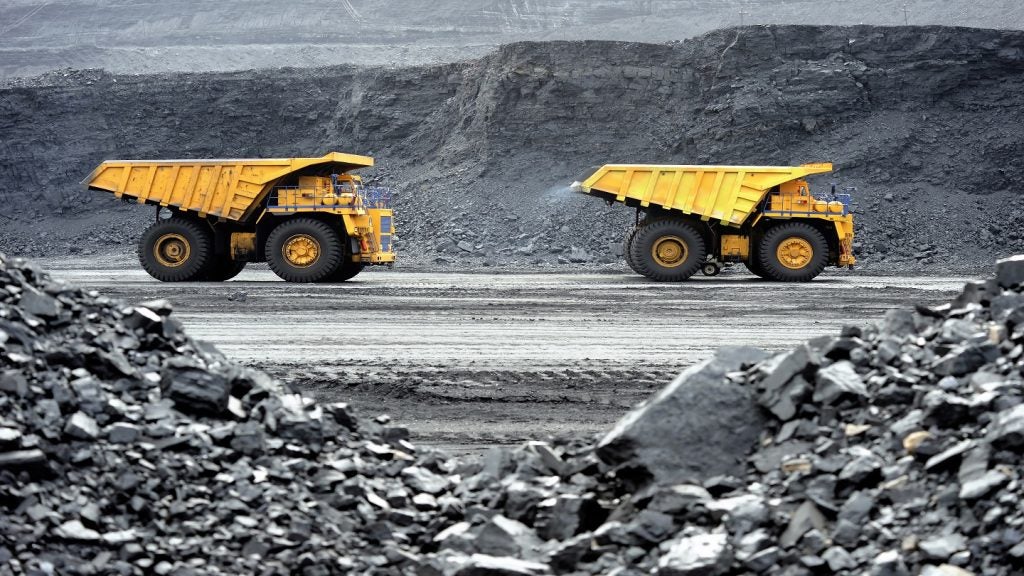Mining Technology: What unprecedented trends will the global mining industry see in 2008?
Mike Elliott: Demand is expected to remain strong in 2008 despite any slow-down in the US. However, increased supply beginning to come through this year – particularly iron ore, coal, aluminium, nickel and copper – will likely see increased revenues but perhaps at slightly lower spot prices.
MT: So what are the big growth areas in Australia and what impact will they have on the industry at large?
ME: In Australia growth has been dependent on expansions of port and rail infrastructure.
Expansions in the iron-ore sector by both Rio Tinto & BHP Billiton will provide significant new volumes together with the addition of production from Fortescue.
[Fortescue is a new company with over 2.4 billion tonnes of iron-ore resources, including 1.1 billion tonnes of reserves – the largest in the Pilbara, Western Australia.]
See Also:
The clearing of port and rail blockages should assist in allowing thermal and coking coal exports to increase in the eastern states.
How well do you really know your competitors?
Access the most comprehensive Company Profiles on the market, powered by GlobalData. Save hours of research. Gain competitive edge.

Thank you!
Your download email will arrive shortly
Not ready to buy yet? Download a free sample
We are confident about the unique quality of our Company Profiles. However, we want you to make the most beneficial decision for your business, so we offer a free sample that you can download by submitting the below form
By GlobalDataThe growth in copper will be disproportionately increased by the Olympic Dam expansion by BHP Billiton over the next few years and nickel is also expected to continue to expand.
MT: The Australian mining boom, predicted by the government in 2006, is now centred on South Australia, a subject of much discussion by the country’s press. How has this come about?
ME: Exploration in South Australia is strong with a 3.7% increase in the September quarter to A$87.2m. While this is probably helped by the South Australian Government’s co-investment programme, it is still dwarfed by the spending in Western Australia.
Additionally, the South Australian Government has set up an infrastructure planning council for the resources sector in response to a government study that found that 23 resource companies estimated they would spend more than A$20bn on infrastructure
to expand existing mines or convert new mineral discoveries into operating mines.
South Australia has become the best bet for a uranium player wanting to get projects up and running in Australia. It will also be home to the newest uranium mine in the world when Uranium One’s Honeymoon Well comes into production later this year.
MT: Which companies will benefit most from the boom and why?
ME: Clearly uranium juniors and the small exploration companies will benefit from the exploration incentive policies of the state governments. Depending what the infrastructure council does, it may benefit those 23 companies.
Clearly Olympic Dam and its expansion project is the 500lb gorilla in that room – while attention will be given to unlock the value of that project, it will further create a positive support environment for mining in South Australia.
MT: Looking at the rest of the industry, there are currently many mergers and acquisitions in the global market. Which ones should we watch out for?
ME: Almost everyone is talking to everyone else and running the numbers to see if further consolidation makes sense.
Last year was the busiest year yet for mergers and acquisition in the mining sector and this is set to continue in 2008, reflected in the prospective mining mega-deals making headlines to date.
MT: How will theses mergers affect the industry overall and what changes are we likely to see as a result?
ME: Consolidation will provide positive and negative outcomes for other sector players.
On the positive side, concentration of supply can put upward pressure on the commodity price for all participants, and it can pioneer new technologies and methods.
However, on the downside it can also reduce costs through economies of scale which can put other sector players at a competitive disadvantage in a falling price environment.
MT: How will the smaller companies compete in this environment?
ME: For companies without the substantial cash flows and sturdy balance sheets of the major mining organisations, the obstacles of raising the finance to get mining projects into production are thought to be rising, but we are yet to see much evidence
of this.
If it were to be true, the ‘majors’ may become the only source of finance for many new mineral projects, and this could provide the setting for further mergers and acquisitions.
MT: What other factors should be considered in terms of growth and why?
ME: Resource security will become more acute and the reaction of resource-dependent nations may result in dramatic changes to asset prices. These trends may also see the sector become more vertically integrated with traditional customers.
We are starting to see some analysts speak of what is the maximum optimal size of a mining company within its commodity group. This is based on the view that growth cannot perpetually come from acquisition and the challenge for return on investment may cause some significant divestments over the coming year or so.
MT: The US housing market is creating a credit squeeze globally. How will the current volatility in global markets affect the mining industry in Australia and globally?
ME: The credit crunch has had a massive impact on most sectors, but it seems that the mining sector looks much more appealing to investors.
This is due to the continuance of strong metal prices and growing demand for raw materials.
MT: With this in mind will equity costs remain the same this year?
ME: As a result of the credit crunch, however, it is likely that the cost of equity capital for junior mining, exploration and development stage companies may become higher.
The market is still looking for mineral production now, not the promise of production in the future. The availability of project finance (that is, debt secured on project assets) for the development of new mineral deposits by smaller companies, may be
more difficult to find.
MT: Countries such as China are currently driving the commodities market as their economy grows. How will mining companies ensure future supply in this environment? What obstacles are they likely to face?
ME: In the search for future supply, mining companies are prepared to take greater technical and political risks.
This means that increasingly a greater proportion of assets may be in areas subject to civil unrest, war, ingrained corruption and s o on. Those companies that have the best risk management plans for these risks will succeed.
MT: This year began with attacks on Xstrata’s copper mines in the Philippines and strikes in African mines over pay and conditions, representing just two examples of social and political unrest. In what ways do you see the unpredictable global political picture impacting the mining market?
ME: In general, the mining sector has done a wonderful job of promoting its role to host communities and maintaining its social licence to operate. However, rising commodity prices has led to a surge in resource nationalism, with host communities
seeking to extract a greater share of the current upside.
This does not take into account the considerable and unmitigated risk the mining company took in exploring and developing the project. Community protests and employee strikes often occur in this environment.
MT: What is your advice to companies wanting to ensure supply in this environment?
ME: In the search for future supply, mining companies are prepared to take greater technical and political risks.
This means that increasingly a greater proportion of assets may be in areas subject to civil unrest, war, ingrained corruption and so on. Those companies that have the best risk management plans for these risks will succeed.
Sound financial management and early dialogue with credit providers is essential. Don’t just assume that the debt will be available when you need it. Most of all, consider what other options are open to you before you have no other choice.
MT: Lastly, in January, tropical cyclone Helen halted operations at the Ranger mine in Australia and as the year progresses we are likely to see more examples of weather extremes affecting mining operations. How can companies best prepare for unpredictable weather events and the effects of climate change?
ME: Climate change is inevitable and since mining requires long term investment, mining companies need to plan to cope with climate change whether that be floods, drought, winds or rising sea levels.
We have seen some very sophisticated planning by some of our clients in this area.







